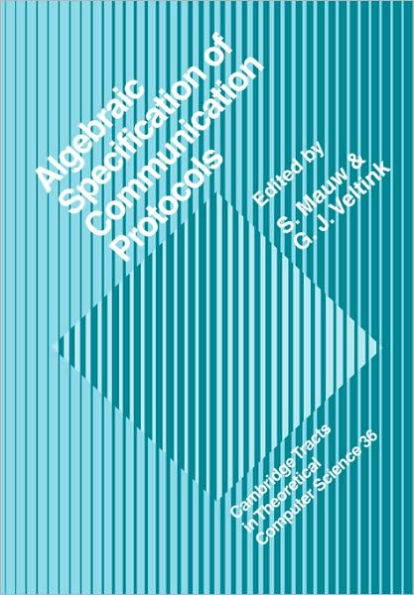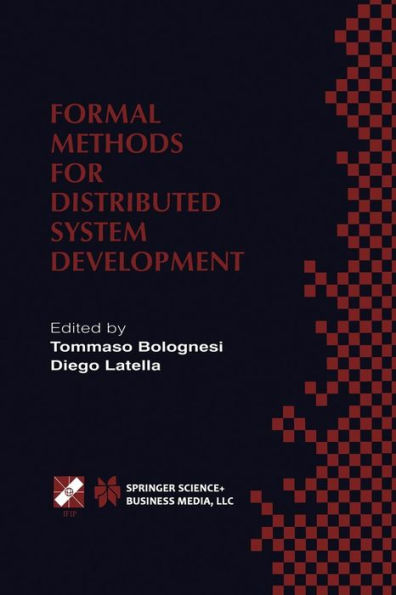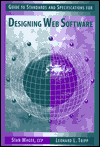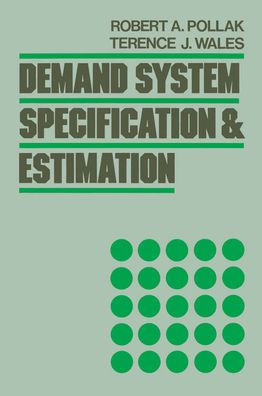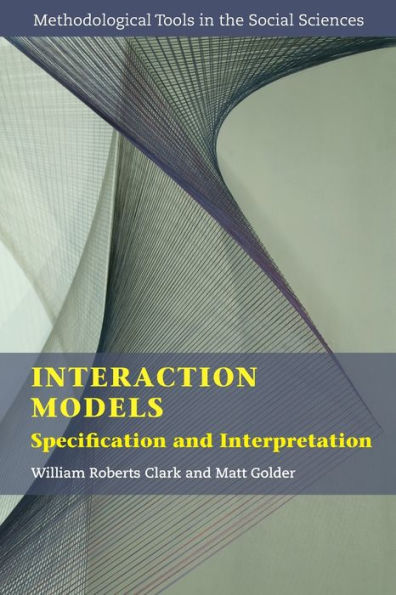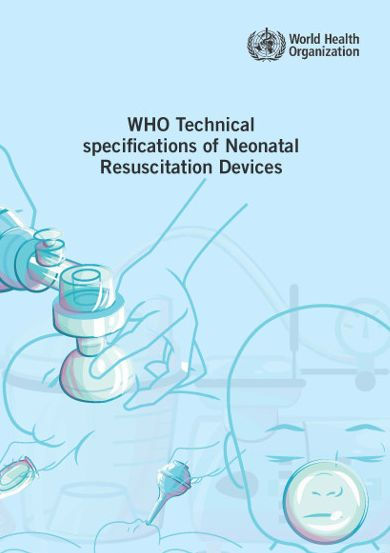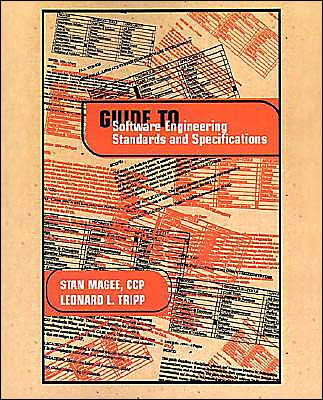Home
Protocol Specification and Testing
Loading Inventory...
Barnes and Noble
Protocol Specification and Testing
Current price: $109.99
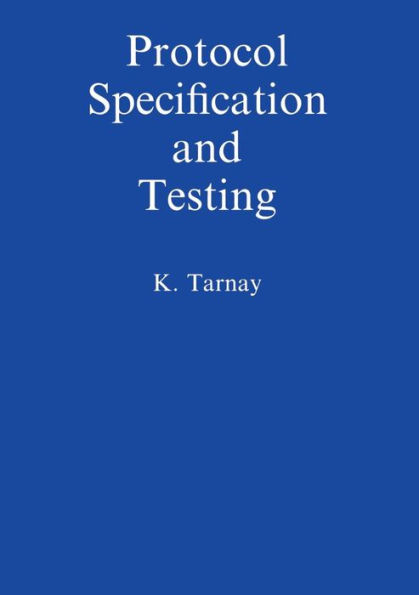

Barnes and Noble
Protocol Specification and Testing
Current price: $109.99
Loading Inventory...
Size: OS
*Product Information may vary - to confirm product availability, pricing, and additional information please contact Barnes and Noble
The increasing number of computer networks has aroused users' interest in many and various fields of applications, in how a computer network can be built, and in how it may be used. The fundamental rules of computer networks are the prools. "A prool is a set of rules that governs the operation of functional units to achieve communication" [STA-86}. The book follows a practical approach to prool specification and testing, but at the same time it introduces clearly and precisely the relevant theoretical fundamentals. The principal objectives of this work are: to familiarize readers with communication prools, to present the main, formal description techniques, to apply various formal description techniques to prool specification and testing. It is considered that the readership will primarily consist of prool developers, prool users, and all who utilize prool testers. Secondly the book is suggested for postgraduate courses or other university courses dealing with communication networks and data communication. A large part of the book provides a comprehensive overview for managers; some parts are of especial interest to postal organizations. The book consists of three parts: the first part introduces the OS! Reference Model, it provides an overview of the most frequently used prools and explains the fundamentals of prool testing. The second part familiarizes readers with the methods used for prool 5pecification, generation, and testing. Finite-state machines, formal grammars, Petri nets and some speCification languages (SDL, ESTELLE, LOTOS) are discussed in a pragmatic style. The third part deals with applications.
